How to Safely Recycle PVC Plastic: A Step-by-Step Guide for Sustainable Practices
Recycling PVC plastic is a crucial step in promoting sustainability and reducing environmental impact. As one of the most widely used plastics, PVC, or polyvinyl chloride, is found in a myriad of products ranging from pipes to packaging materials. However, improper disposal of PVC can lead to harmful pollution and waste accumulation in landfills. Therefore, understanding how to safely recycle PVC plastic is essential for both individuals and businesses committed to eco-friendly practices. This step-by-step guide aims to educate readers on effective methods for recycling PVC, highlighting the importance of proper sorting, cleaning, and finding suitable recycling facilities. By adopting these sustainable practices, we can contribute to a greener planet while ensuring that valuable resources are not wasted. Join us in exploring the best ways to recycle PVC plastic responsibly and make a positive impact on our environment.
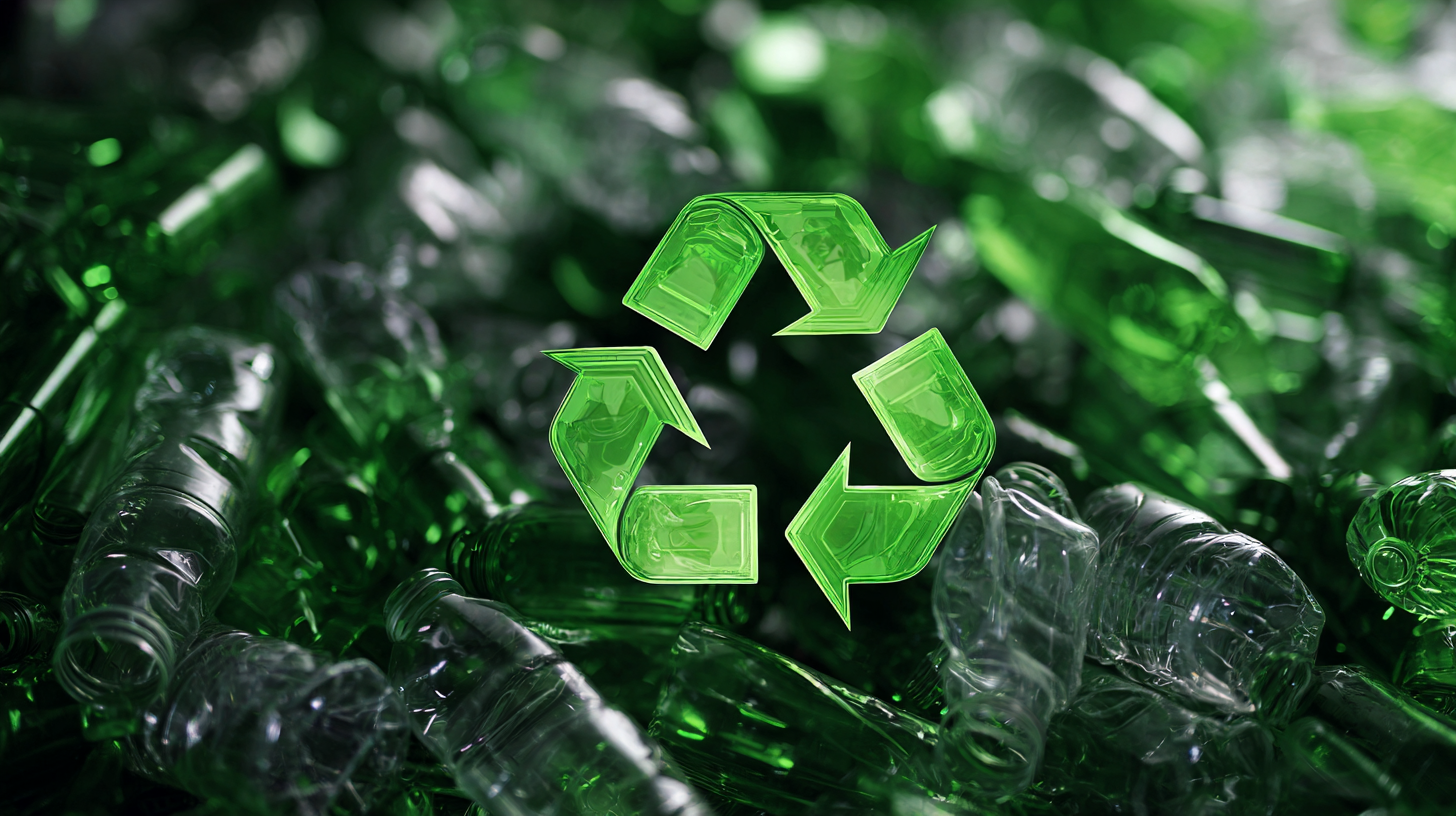
Understanding PVC Plastic and Its Environmental Impact
PVC (polyvinyl chloride) is one of the most widely used plastics, found in everything from pipes to packaging. However, its production and disposal pose significant environmental challenges. The manufacturing process of PVC often releases harmful chemicals, contributing to both air and water pollution. Furthermore, when PVC products are discarded, they can take hundreds of years to decompose, releasing toxic substances into the environment as they break down. This has raised concerns about the long-term impacts on ecosystems and human health, making it crucial to understand how to manage PVC waste responsibly.
To mitigate the environmental impact of PVC, it is essential to adopt sustainable recycling practices. PVC can be recycled, although the process is complex and not as widely implemented as for other plastics. By participating in specialized recycling programs, consumers can help divert PVC from landfills and enable its repurposing into new products. Awareness of local recycling options and advocating for improved recycling infrastructure can play a significant role in reducing PVC's ecological footprint. Understanding the material and its implications allows individuals and organizations to make informed choices, contributing to a more sustainable future.
Understanding PVC Plastic Recycling Trends
Identifying Recyclable PVC Products in Your Home
When it comes to recycling PVC plastic, the first step is identifying recyclable products in your home. PVC, or polyvinyl chloride, is commonly found in various household items, including plumbing pipes, flooring, and certain packaging materials. According to the Vinyl Sustainability Council, an estimated 76% of post-consumer PVC products are recyclable, yet awareness around these materials remains low. This presents both a challenge and an opportunity for more sustainable waste practices.
To effectively identify recyclable PVC products, check for the recycling symbol on packaging, typically labeled with a number "3." Common items to look out for include clear food packaging, vinyl flooring, and PVC pipes. The National Association of Plastic Container Recovery estimates that only about 9% of the total plastic is recycled, highlighting the need for greater participation in recycling programs that accept PVC. As consumers become more informed, they can take proactive steps to ensure these materials are processed responsibly, ultimately contributing to a circular economy that reduces waste and conserves resources.
Step-by-Step Process for Preparing PVC for Recycling
When preparing PVC plastic for recycling, it is essential to follow a systematic process that ensures sustainability and efficiency. The first step involves cleaning the PVC material to remove any contaminants such as dirt, adhesive residues, or mixed materials, which can disrupt the recycling process. Studies indicate that effective cleaning can enhance the quality of recycled PVC by up to 30%, improving its viability for reuse in manufacturing new products.
Once cleaned, the next stage is to sort the PVC according to its type and grade. This practice is crucial as different PVC grades can have varying properties, which affect their compatibility during the recycling process. Advanced recycling methods, such as those being developed at leading research institutions, are transforming how we approach plastic waste. For instance, a new catalytic process allows for the efficient reduction of polymers into chemical precursors, enabling a circular economy model that can benefit PVC recycling significantly.
The final preparation step involves shredding the sorted PVC into smaller pieces, making it easier for recycling facilities to process. A recent report estimates that around 40% of plastic waste can be effectively recycled using modern technologies, highlighting the potential impact of improved sorting and processing methods. By embracing these step-by-step practices, we can significantly enhance the sustainability of PVC recycling and contribute to a greener future.
How to Safely Recycle PVC Plastic: A Step-by-Step Guide for Sustainable Practices
| Step | Description | Key Considerations |
|---|---|---|
| 1 | Collect all PVC items for recycling. | Ensure items are clean and free from contaminants. |
| 2 | Sort the PVC from other plastics. | Use labeling to identify PVC materials. |
| 3 | Remove any non-PVC components. | Check for metal, rubber, or other plastic parts. |
| 4 | Clean the PVC items thoroughly. | Use soap and water; rinse well. |
| 5 | Find a local recycling facility that accepts PVC. | Check online or contact local waste management. |
| 6 | Drop off the sorted and cleaned PVC items. | Make sure to follow facility guidelines. |
| 7 | Stay informed about PVC recycling processes. | Research advances in recycling technology. |
Finding Local Recycling Facilities for PVC Plastic
Finding local recycling facilities for PVC plastic can be a crucial step in ensuring sustainable practices. According to a report by the Plastics Industry Association, PVC holds a significant portion of the plastic market, yet only about 10% of PVC products are recycled. This highlights the necessity of locating nearby recycling options to mitigate environmental impact. Many urban areas have dedicated facilities that handle PVC, but awareness around these resources is often low among consumers.
To find local recycling facilities, start by checking with your city’s waste management department or environmental agencies. Websites like Earth911 provide searchable databases for recycling centers by material type and zip code. Additionally, many regions have community programs promoting recycling, offering drop-off events or curbside pickup for PVC products.
Tips: When preparing PVC for recycling, ensure it is clean and free of contaminants. This can significantly enhance the likelihood of it being accepted at recycling centers. Also, consider reaching out to local advocacy groups or community efforts focused on plastic recycling; they can provide valuable information regarding nearby facilities and educate residents about proper recycling methods.
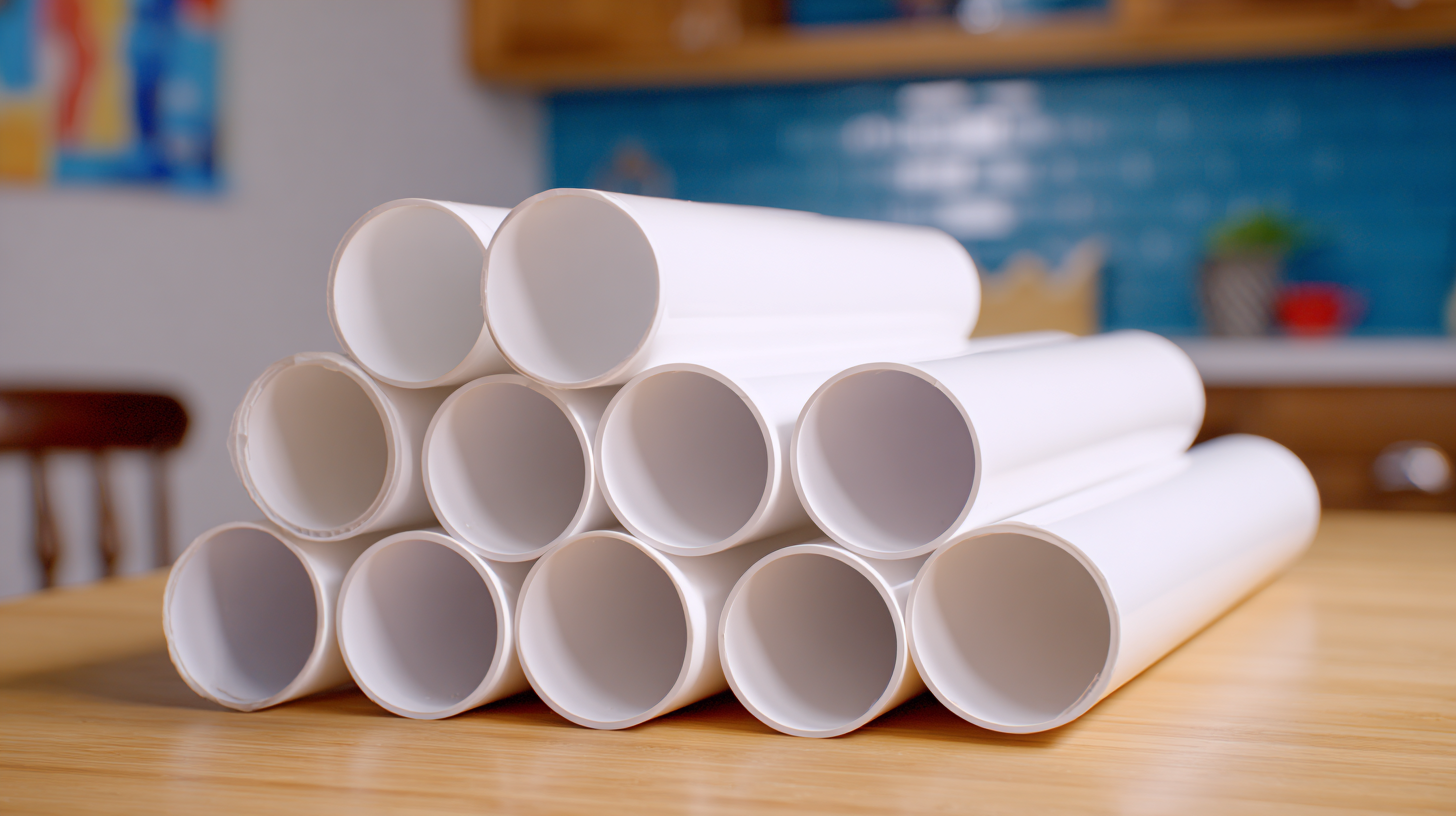
Best Practices for Reducing PVC Waste in Daily Life
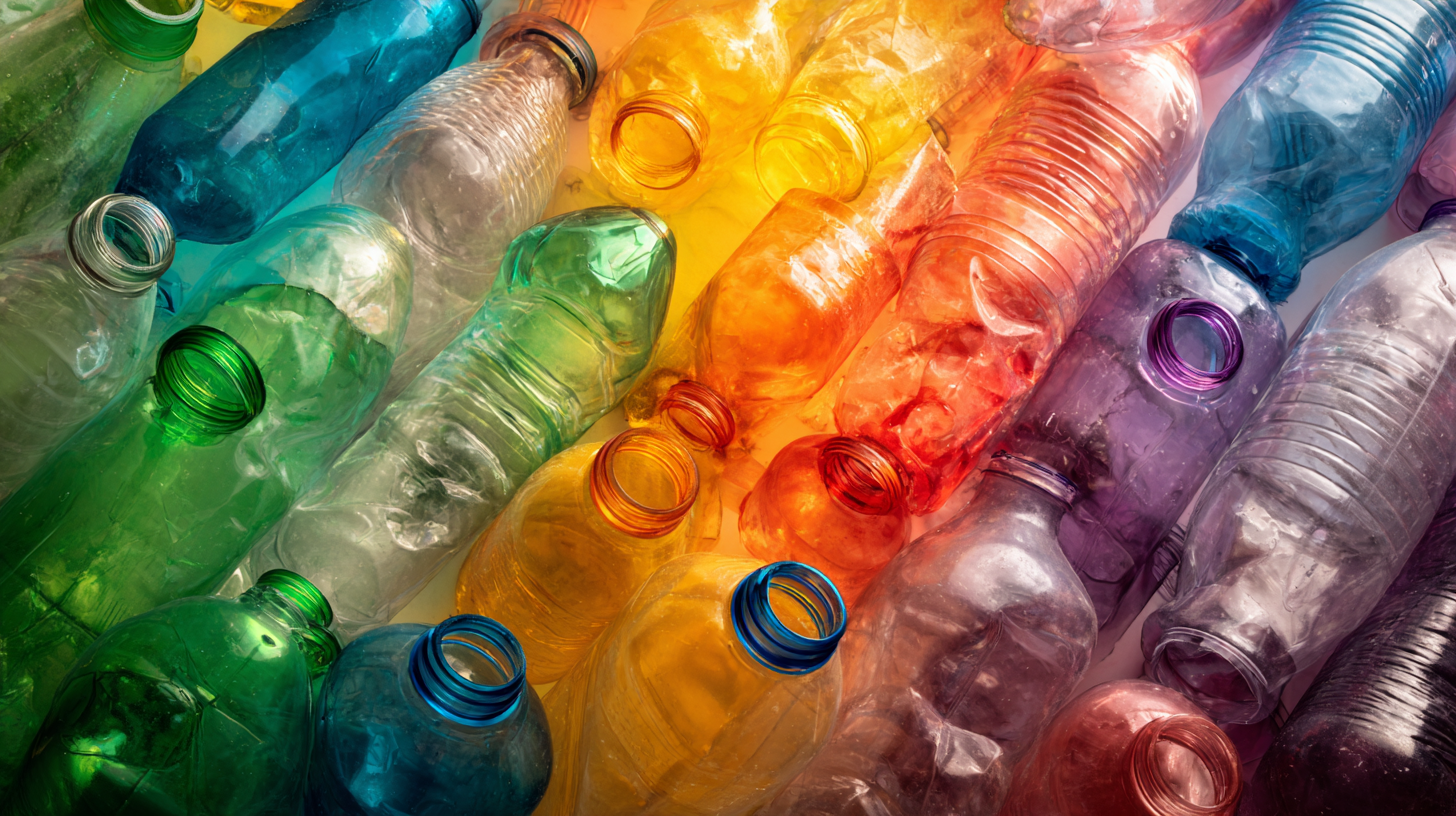 Reducing PVC waste in our daily lives is crucial for environmental sustainability, considering that over 40 million tons of PVC plastic are produced globally each year. A significant portion of this plastic ends up in landfills, where they can take hundreds of years to decompose. One effective strategy to minimize PVC waste is to opt for alternative materials whenever possible. For instance, using natural fibers or biodegradable options for packaging and household items can significantly lessen reliance on PVC products.
Reducing PVC waste in our daily lives is crucial for environmental sustainability, considering that over 40 million tons of PVC plastic are produced globally each year. A significant portion of this plastic ends up in landfills, where they can take hundreds of years to decompose. One effective strategy to minimize PVC waste is to opt for alternative materials whenever possible. For instance, using natural fibers or biodegradable options for packaging and household items can significantly lessen reliance on PVC products.
Moreover, proper disposal and recycling practices play an essential role in managing PVC waste. According to the Vinyl Institute, approximately 50% of PVC used in various applications can be recycled, yet about 26% of it is currently being recycled effectively. To contribute, consumers can make a conscious effort to identify PVC products labeled with recycling codes, typically "3," and ensure they are taken to specialized recycling facilities that accept such materials. Emphasizing Reuse is another viable practice; repurposing PVC items into new functional objects can significantly reduce waste while promoting creative solutions within communities.
Related Posts
-

Ultimate Guide to Sourcing PVC Sheets for Your Global Supply Chain Success
-

Innovative Injection Moulding Process Examples That Drive Global Procurement Efficiency
-
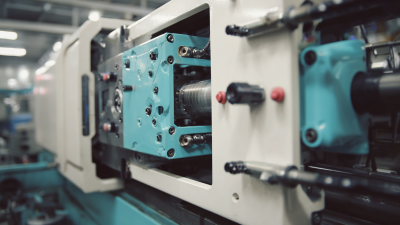
How to Optimize PVC Injection Molding for Maximum Efficiency and Quality
-

Ultimate Checklist for Selecting the Right Plastic Profiles for Your Projects
-
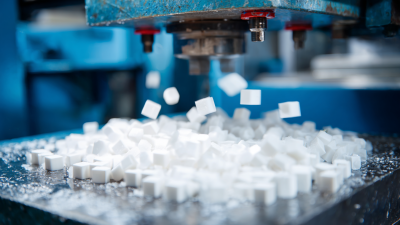
7 Reasons Why Polypropylene Injection Molding is the Best Choice for Your Project
-

Ultimate Guide to Selecting the Right Injection Molding Tooling for Your Business Needs
